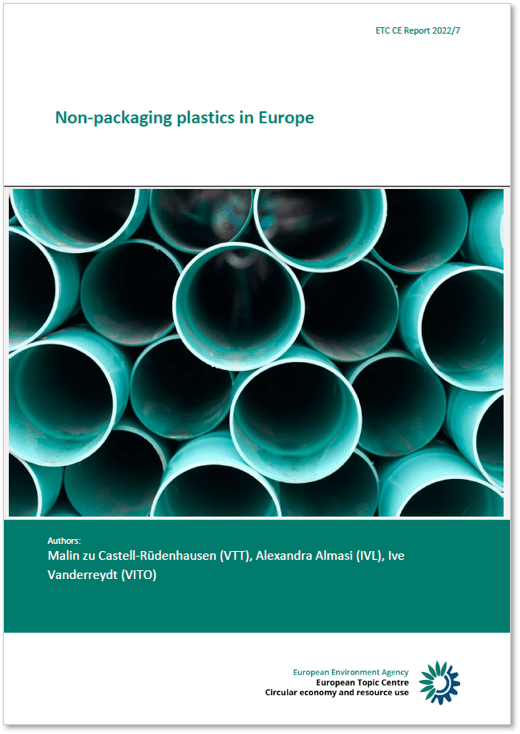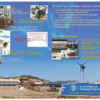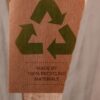
Non-packaging plastics in Europe
This report is a contribution to EEA’s work on plastic and the environment in Europe’s circular economy, building on reports and briefings published in 2021. In particular, this publication seeks to develop knowledge on the availability of information about the types and amount of plastic streams, other than packaging, with a focus on data availability and gaps. In a previous EEA report, three pathways to ensure a long-term move towards a sustainable and circular plastics production and consumption system were presented. The three pathways are (i) smarter use; (ii) increased circularity; and (iii) renewable material, addressing different stages of the plastics value chain, as well as different environmental and climate impacts (Fogh Mortensen et al., 2020). In this report, the need for data to support the three pathways is highlighted, as well as the need to look beyond packaging plastics and focus on non-packaging streams as well.
To be able to assess the contribution of potential solutions and practices to more circular and sustainable uses of plastics, both policy makers and business require a clear overview of plastic flows in the economy and insights into the relationship between the flows of polymers, products (partly) made of plastic(s) and waste flows containing plastic. Data availability facilitates forming this overview of the current situation, following up on change, and decision making.
The aim of the task was to map the knowledge base on the material flows of non-packaging plastics in Europe. Specific objectives included:
- the development of greater knowledge on this material stream to support environmental policymaking and regulation in the EU;
- an improved understanding of regional and sectoral variance in the availability of data on nonpackaging plastics, underpinned by the compilation of an initial set of case studies.
- articulation of the knowledge gap to highlight where the current lack of data affects policy making.
The packaging sector is probably the most regulated and documented plastic sector. The focus for this report, as shown in Figure 1.1, is the non-packaging plastic, including the automotive, electronics, construction and building, agricultural, and household plastics sectors.
From these plastic demanding sectors, building and construction, automotive and electronics seem to be covered by other than plastic related specific legislation, measures and targets, mainly because of the large share of non-plastic materials in their product categories. Additionally, the use of plastics for agriculture is a very specific application and is the focus of several dedicated projects. The “other” category is the most divers sector by definition. And last but not least, the household, leisure and sports sector is a broad collection of plastic and plastic-containing applications.






Non-packaging plastics in Europe 0 reviews
Login to Write Your ReviewThere are no reviews yet.